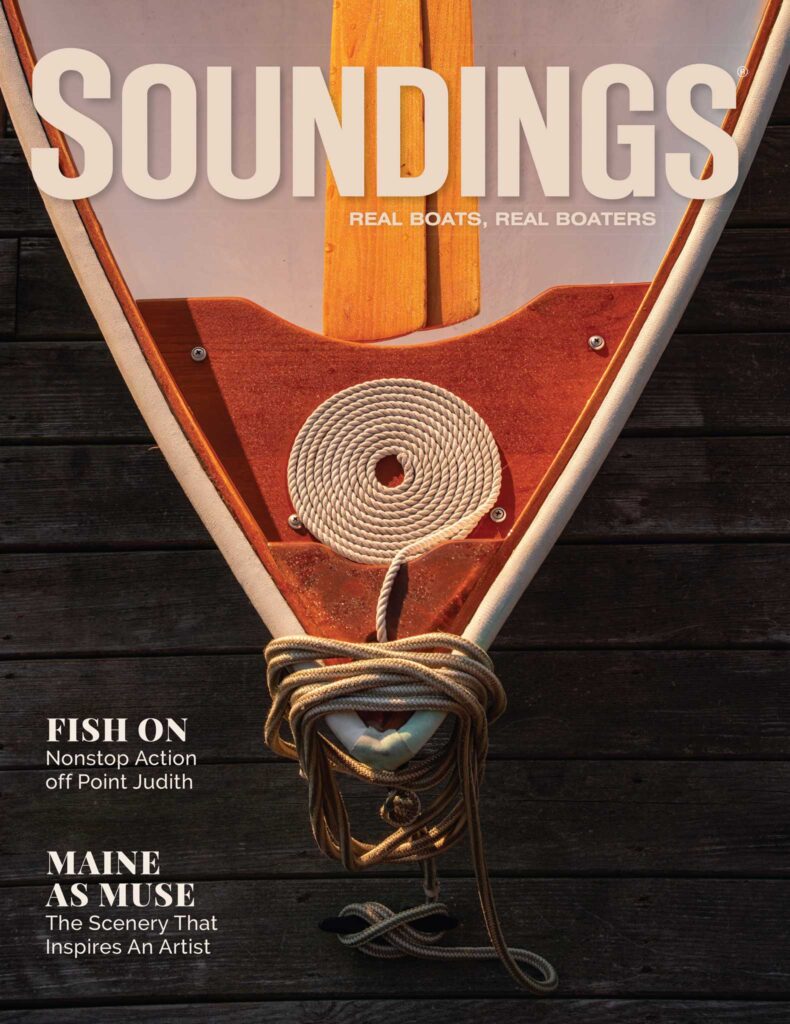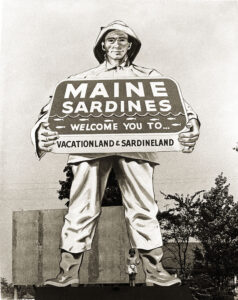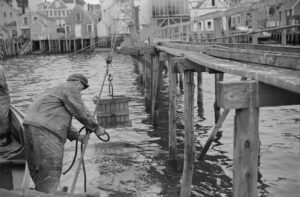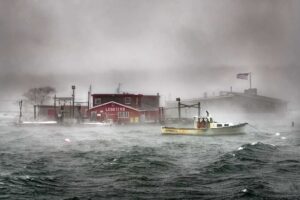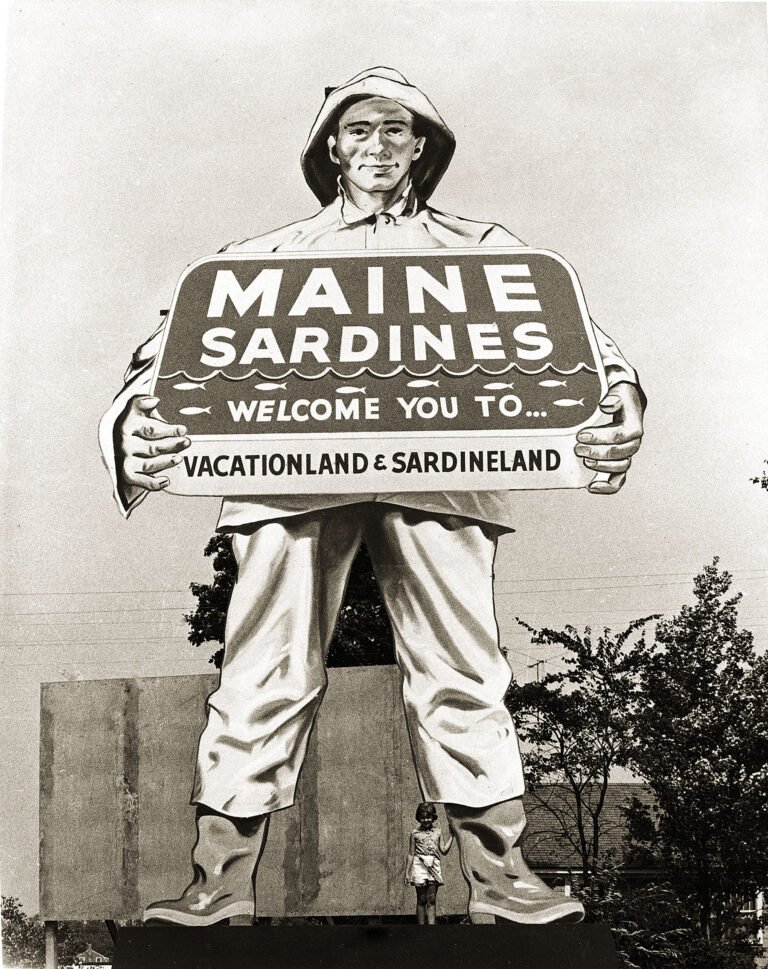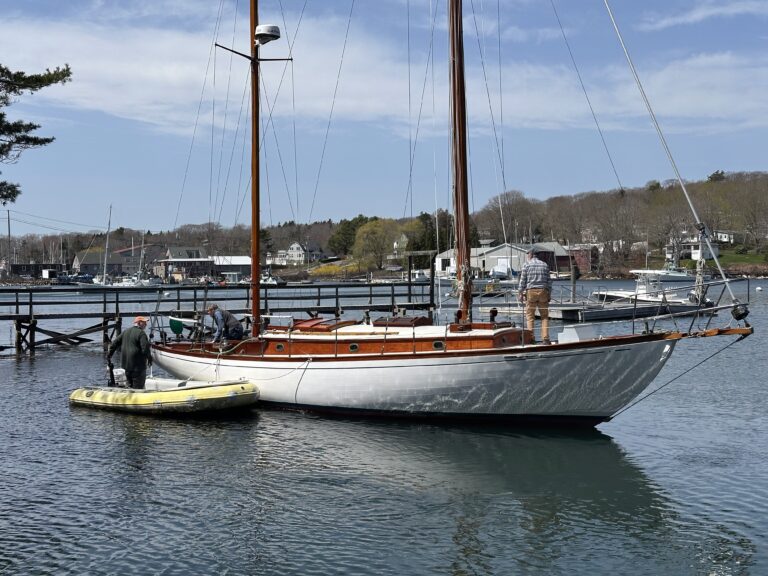The 160-foot cliffs of Monhegan Island rise out of the Atlantic, forming an imposing turning point for southern New England boaters transiting the Gulf of Maine to Penobscot Bay. Twelve miles off the mainland, this starkly beautiful granite outpost is more than a GPS waypoint. Its isolated fishing community is a vanishing slice of Maine coastal life.

You can enter either end of the harbor, a partially protected roadstead between 1-square-mile Monhegan and much smaller Manana Island. Unless a mainland ferry occupies the wharf, you can tie up for 30 minutes. The harbormaster can help you find a guest mooring. (Unfortunately, all can be quite rough.) Then dinghy in to Fish Beach, where locals haul their skiffs.
Native Americans fished the cod-rich waters long before settlers arrived. Islanders honor Capt. John Smith, who at his fishing camp here in 1614 built a small boat in which he mapped New England from Maine’s Penobscot River to Cape Cod, Mass. Locals still wrest a living from the sea, harvesting lobster from Oct. 1 through June 7 (deep-water lobster season).
Since Victorian times, artists have found inspiration in Monhegan’s isolation, beauty and unhurried pace. These days, summer residents and excursion boat passengers from Boothbay Harbor, Port Clyde and New Harbor increase the 70-some year-round population tenfold.
The lone village clusters around the harbor, with the lighthouse crowning the ridge above. A few shops, galleries, restaurants and two Victorian hotels form the “business district.” Flower-lined dirt lanes link weathered-shingle cottages with the wharf and fish shacks, soon becoming 12 miles of trails encircling the island and threading the protected wilderness.

We always climb to the lighthouse for the superb view, especially at sunset. The museum in the keeper’s house illustrates life in earlier times, and outbuildings display ice-harvesting equipment, local ecology exhibits and artwork by prominent locals, such as Rockwell Kent, James Fitzgerald and others.
On the Cathedral Woods Trail, intertwining evergreens form Gothic arches overhead. More strenuous trails lead to the dramatic eastern cliffs, where switchbacks snake between tidal pools and craggy headlands. You can feel the vibration as waves crash on the cliffs even before you can see the ocean. Gulls nest on precarious ledges, and seabirds serenely ride the waves — some of the 200 species spotted here. We always take a camera; others take easels, paints or picnics.
“People like to visit a place that’s different than where they come from,” one local says. “If they like it enough to move here, then they want all the things they had back home. That changes the island.”
So it goes. As more tourists arrive, more often on larger boats, they find 24-hour electricity, gourmet treats, lodgings and summertime ATMs. However, the island has no medical facilities, few restrooms and a fragile environment. Islanders cherish their way of life and hope visitors will also. www.monheganwelcome.com
See related articles:
July 2013 issue

